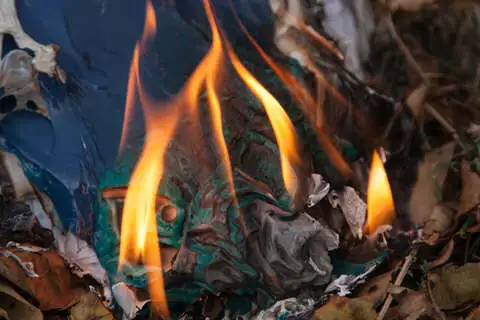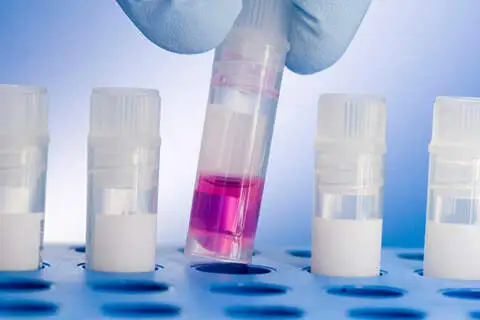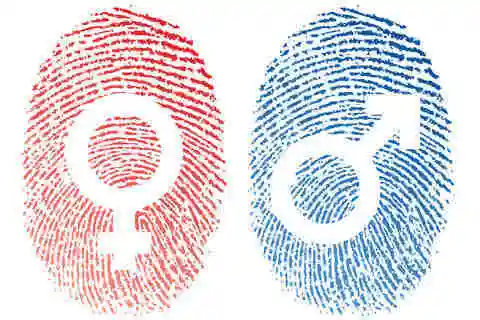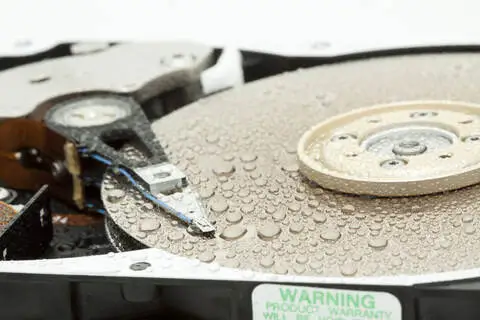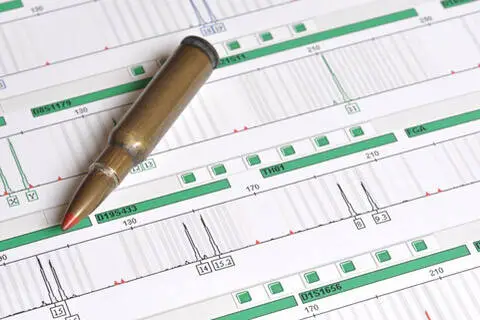
General Forensic Standards
General forensic standards apply across the various fields of inquiry that together comprise forensics and come to work together in forensic investigations. With a standard terminology relating to forensic science, this standardized approach eases reliable communication between separate investigators and facilities. From there, these general forensic standards serve as a foundation upon which more specific standards build on, simultaneously reducing redundancy and freeing subsequent standards to focus solely on their particular topic.
